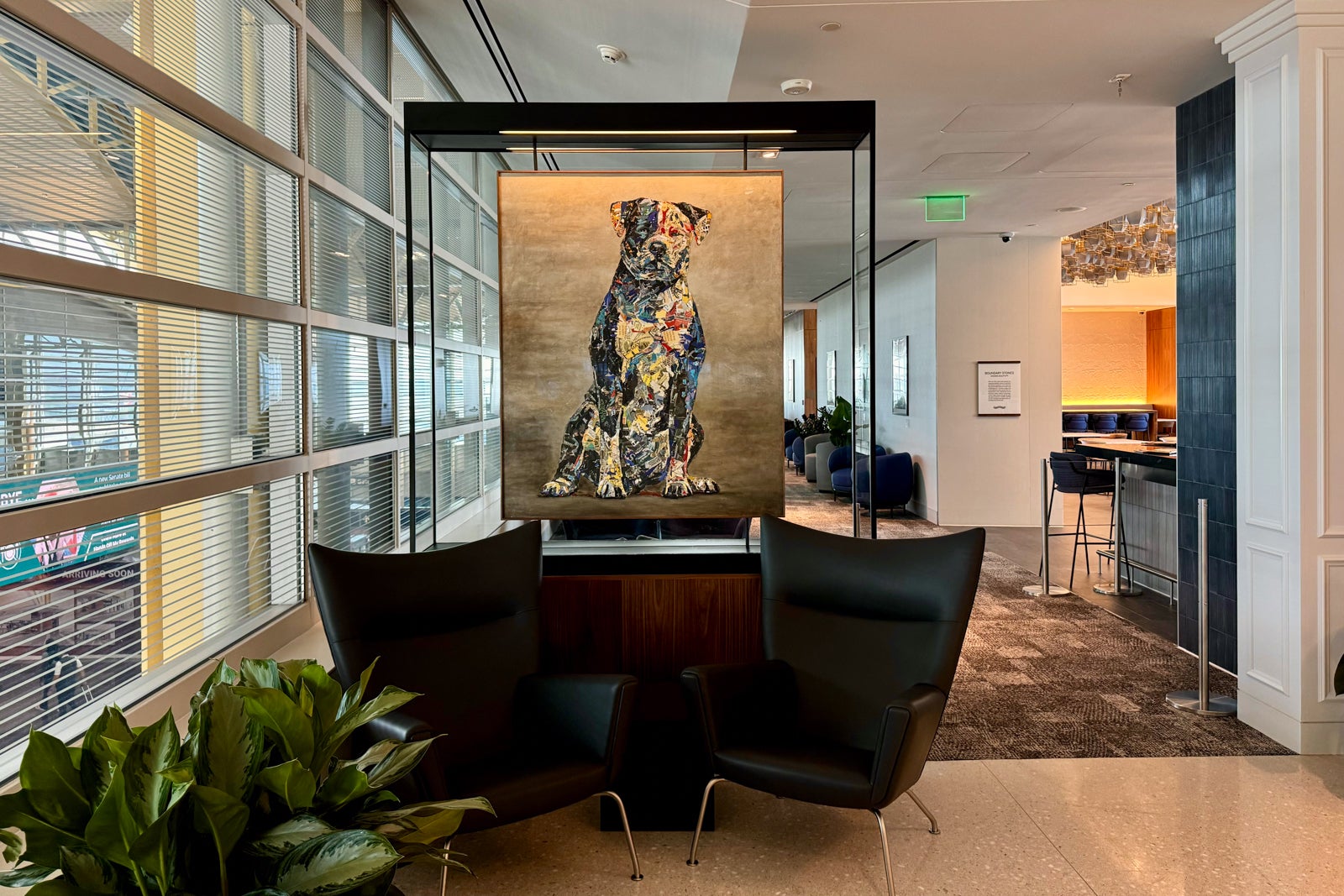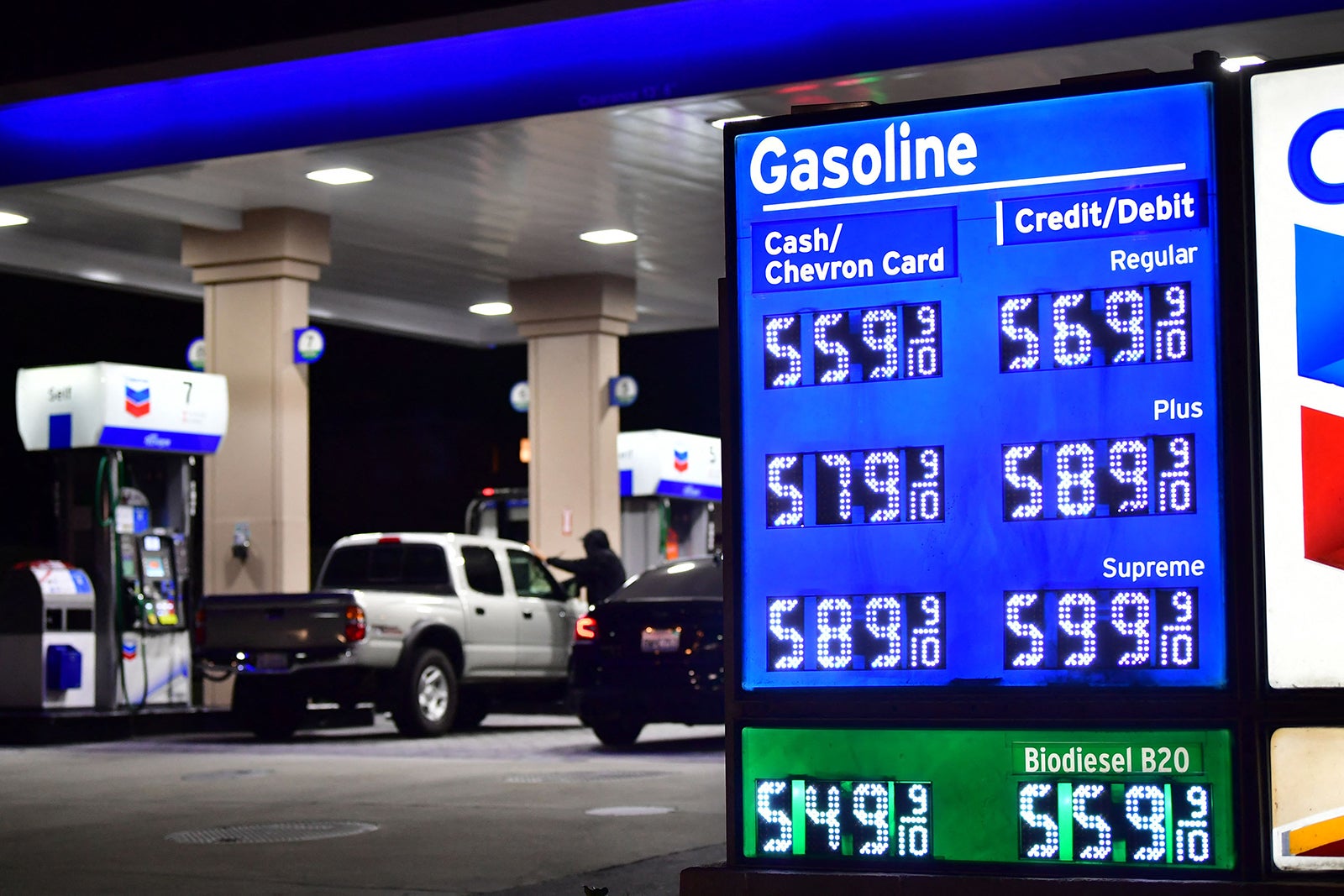Whenever I talk about trips I take, it may seem like I have an unlimited stash of points. Spoiler alert: I don’t. Instead, I make sure to use the right strategy to earn as many points and miles as I can every year.
There’s no secret or hack. I just carefully use the right credit cards in my wallet and follow my golden rules to help me maintain my premium travel lifestyle.
Whether it’s redeeming points for flights and hotels or gaining access to lounges, here is what I do to help make my travels more comfortable.
Put the king of premium credit cards to good use for flights
Viewed as one of the ultimate travel credit cards, The Platinum Card® from American Express is synonymous with luxury travel because of its perks (such as lounge access) and the allure it gives off from being a metal credit card.
Airfare
Among the Amex Platinum’s list of benefits, the card’s ability to earn 5 points per dollar spent on airfare purchased directly with the airline or through American Express Travel® (on up to $500,000 in purchases per calendar year, then 1 point per dollar after that) is what helps me the most when planning trips. This earning rate for flights is the highest of any credit card, apart from booking travel through an issuer’s respective travel site, such as Chase Travel℠ or Capital One Travel.
If my airfare costs $1,500 or more, I will always charge it to the Amex Platinum. This way, I earn at least 7,500 Membership Rewards points per transaction and build up my points balance throughout the year.
I decided on $1,500 because I try to earn 100,000 Amex points per year. As a family of three, when our airfare is at least $1,500 per person, I net about 22,500 points when using my Amex Platinum. Traveling at least four times a year, the numbers worked out to least 90,000 points per year just from airfare.
Amex’s 5 points per dollar helps me build up my points balance fast enough to make at least one redemption each year. Recently, that meant transferring 70,000 Amex points to Air Canada Aeroplan to book a nonstop one-way business-class ticket on Swiss from Los Angeles International Airport (LAX) to Zurich Airport (ZRH). For reference, the cash fare for the same ticket at its lowest is $5,700, so my redemption equates to about 12.3 cents per point. This is far greater than 2 cents per point for Amex or 1.4 cents per point for Aeroplan, according to TPG’s May 2025 valuations.
Related: Is the Amex Platinum worth it for a points and miles newbie? I booked a trip to find out

Daily Newsletter
Reward your inbox with the TPG Daily newsletter
Join over 700,000 readers for breaking news, in-depth guides and exclusive deals from TPG’s experts
Lounge access
But the premium travel experience with the Amex Platinum isn’t limited to flying; it starts on the ground with Amex’s Global Lounge Collection network, which includes its impressive collection of Centurion Lounges.
Featuring 26 lounges worldwide, Amex’s Centurion Lounges offer everything from elevated food and beverage options to showers and private rooms. Some even have a children’s playroom.
Travel days can be hectic, so I love having the ability to relax in a lounge, enjoy free food and drinks and let my kid get some energy out in a playroom. It’s a good way to get that premium travel experience, especially when you’re not flying in a premium cabin.
What else to consider
Keep in mind that this card is not for everyone. To make holding it worthwhile, you need to maximize its perks or use it regularly for airfare purchases. Otherwise, the $695 annual fee (see rates and fees) is hard to ignore, even if you use its array of coupon book-style credits.
Related: How to choose a credit card for airport lounge access
Maximize my secondary card for travel and dining purchases
The next card in my wallet that helps me keep up my premium travel lifestyle is the Chase Sapphire Reserve® (see rates and fees). This card has been in my wallet for nearly a decade, and it’s all thanks to the broadly defined bonus categories of travel and dining. Chase also has its own set of Sapphire lounges, giving me access to additional lounges worldwide.
All other travel
While the Amex Platinum is my primary card for pricier airfare, whenever I purchase flights that cost less than $1,500, I always charge them to my Sapphire Reserve. This helps me accrue Chase Ultimate Rewards at a rate of 3 points per dollar, each of which is worth 2.05 cents, according to TPG’s May 2025 valuations.
I charge all other travel purchases — such as car rentals, parking fees, airport transfers and taxis — to my Sapphire Reserve as well. Of course, those purchases are smaller amounts, but they definitely add up.
Hotels and dining
I have held off on having a cobranded hotel credit card for years now, as hotel loyalty programs can undergo drastic changes to their award charts that often result in increases to the number of points needed for a free night. It’s a safer bet for me to use my Sapphire Reserve for all hotel charges and earn 3 points per dollar. That way, I can get more value in the long run by using those points toward premium cabin tickets I transfer to airline partners.
Chase also broadly defines dining purchases as those made at restaurants, food carts, coffee shops and more. So, rather than worry about which purchases will qualify and if there’s an annual spending cap to keep track of — as is the case with the American Express® Gold Card, which earns 4 points per dollar at restaurants worldwide until hitting an annual purchase cap of $50,000 (then 1 point per dollar for the rest of the year) and has some exclusions to what counts as a restaurant purchase — I can use my Sapphire Reserve to earn 3 points per dollar without thinking twice.
What I could do differently
If I want to really maximize my points-earning capability, I should open the Chase Freedom Unlimited® (see rates and fees). The Sapphire Reserve is my everyday card as well, but with the Freedom Unlimited, I can earn bonus cash back in other categories and, most importantly, 1.5% cash back on all other nonbonus category purchases.
Because I have a Sapphire card, the Freedom Unlimited can earn cash back in the form of Chase Ultimate Rewards points that can be transferred to my Sapphire Reserve. I estimate this could provide me with another 20,000 to 30,000 points each year.
Rely on a different card for gas and grocery purchases
To earn rewards and lessen that sting, I use my Citi Strata Premier℠ Card (see rates and fees). With it, I earn 3 Citi ThankYou Rewards points per dollar spent on gas, and there is no cap on how many points I can earn.
Another simple way I rack up rewards for travel is to put all my grocery purchases on the Citi Strata Premier, as those also earn 3 points per dollar.
Go all in on 2-player mode
In my personal experience, having my spouse who also has her own set of travel credit cards is a game changer. She earns her own transferable points with Chase and Amex, as well as American Airlines AAdvantage miles with her Citi® / AAdvantage® Platinum Select® World Elite Mastercard® (see rates and fees). This gives us additional points and miles to play with, and I can even combine her Chase points with mine, as Chase allows points sharing with members of your household.
Related: Should my partner get their own card or be added as an authorized user?
Bottom line
Related: The best premium credit cards: A side-by-side comparison
For rates and fees of the Amex Platinum please click here.













